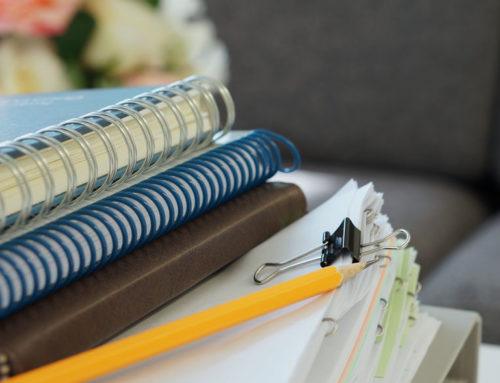What’s one skill set that applies to any area of life, including any career? The answer is skillful critical thinking! Critical thinking can help students hypothetically “remove themselves” from a situation in order to be more objective and see things from other viewpoints.
As a critical thinker, a student is self-aware as well as others aware. This type of student evaluates problems, looks for meaning, thinks upside down, practices active listening, and thinks for his or herself.
In today’s technology and media culture, it’s very easy to slip into a low-energy approach to thinking, but students who think critically will stand out from the crowd.
For example, critical thinking can help your students grow in these three areas which will help them stand out and continually bring value to the workplace:
1. Thinking outside the box: Critical thinking teaches students mental agility and creativity for tough problems.
2. Collaborating well with others: Critical thinking teaches students to see things from others’ perspectives which can help them empathize with peers and teammates.
3. Staying informed with relevant, accurate information: Critical thinking teaches students to decipher meanings and find sound facts, so they’re not overwhelmed or misled by bad data. There’s more access to information than any other time in history, so critical thinking, especially media literacy, is an essential skill for students to stay informed.
With the benefits of critical thinking in mind, what are some practical applications? Here are six exercises you can do with your high school students to help them grow into perceptive, critical thinkers:
1. Take a cultural field trip
Take your students on a field trip to experience a culture they know very little about. This may seem unrelated to critical thinking, but it’s actually a great way to improve self-awareness and help your students learn about other backgrounds—a foundation for understanding others’ perspectives and empathizing.
2. Take a personality test together
Similar to the first exercise, a personality test can increase your students’ self-awareness. If students familiarize themselves with their own viewpoints, they can better understand their own mindsets and potential limitations.
In addition to the personality test, it’s helpful to have students consider their socioeconomic background, culture, and experiences. This would be private and not shared with any other students.
3. Find at least five ways to organize the same set of data
Give your students the opportunity to think outside the box about content they’re already learning in the classroom. Ask them to consider at least five different ways to organize or sort the information. This exercise should work naturally within a mathematics or science class, but it would be more interesting applied to unexpected subjects—like art, English, or social studies.
For example, an oversimplified version would be to use a box of mixed fruits. First, you organize by color, then by shape, texture, skin type (glossy or dull), and number of seeds it contains.
Another oversimplified example would be to gather everyone’s coats, and sort them by different attributes: first by color, then by number of pockets, by hood or no hood, by number of zippers, and by the materials’ rain resistance.
4. Compare and contrast brands of a similar product
Practice evaluating by comparing and contrasting two or more brands of a similar type of product. It could really be any product (for example, a window cleaner, tires, Christmas lights, or tortillas). If you pick a food product, you could ask students to compare ingredients, price, packaging colors, and more. If one is more expensive than the other, ask them to consider why. Are the ingredients rarer? Is the product made by hand instead of machine?
5. Practice active listening and dialogue
Give your students a discussion prompt, preferably one that has a level of difficulty to it, and set guidelines for dialogue.
Some example guidelines:
- Listen for intended meaning, not perfect phrasing
- Listen to three peers for every one time you share
- Explain your viewpoint as your own (for example, “I think” or “I feel” or “My experience has been”)
- Build on, include, and try to support a peer’s contribution whenever possible
6. Create a comment thread
Remind your students that while it’s helpful to consider different perspectives, it’s also important that they think for themselves. Give your students an article, and ask them to create their own comment thread using two to three personas from a list you provide.
First, ask them to consider how they (the student) would respond to the article. Then, ask them to write how they think each of the personas would respond. This exercise is intended to let student practice understanding each persona’s response and their supporting argument while still holding true to their own response as well.
If you think your students would enjoy the exercise, you could also ask them to share the persona responses with the class, so everyone can discuss and listen to different points of view.
The goal of this exercise is not for students to change their personal response to the article or to encourage a more moderate view. The goal is to help students grow by learning to be kind but independent thinkers—hold a viewpoint that’s different from another person while still being considerate of the other person’s perspective. Students can think critically, be kind, and hold to personal values all at the same time.
Wrapping up
The goal of educating students in critical thinking is not to teach them how to problem-solve until they find the one solution to a problem but to uncover many solutions. Sometimes that simply means weeding out bad data, but more often than not, it’s about discovering common ground, finding connections, seeing opportunities, thinking outside the box, and collaborating with people who think differently than they do.








Leave A Comment